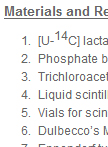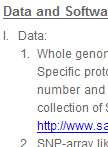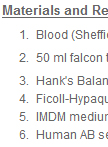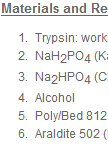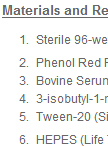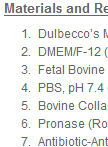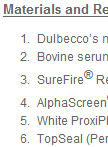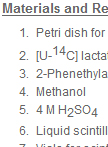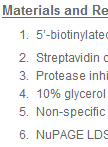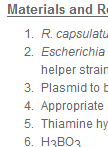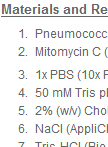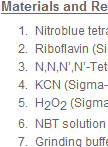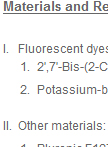- Protocols
- Articles and Issues
- About
- Become a Reviewer
Past Issue in 2013
Volume: 3, Issue: 13
Biochemistry
Analysis of the Incorporation of Carbon Atoms from Radioactive Lactate into Proteins
Cancer Biology
Genomic Signature of Homologous Recombination Deficiency in Breast and Ovarian Cancers
Construction of Human Monocyte Derived Macrophages Armed with Oncolytic Viruses
Cell Biology
Transmission Electron Microscopy (TEM) Protocol: Observation Details within Cells
cAMP Accumulation Assays Using the AlphaScreen® Kit (PerkinElmer)
Isolation, Culture and Differentiation of Primary Acinar Epithelial Explants from Adult Murine Pancreas
MACS Isolation and Culture of Mouse Liver Mesothelial Cells
pERK Detection Assays Using the Surefire AlphaScreen® Kit (TGR Biosciences and PerkinElmer)
Detection of Released CO2 by Radioactive Lactate
Microbiology
RNA-Affinity Chromatography
Bacterial Conjugation in Rhodobacter capsulatus
Preparation of Pneumococcal Proteins for Western Blot Analysis
Plant Science
Cellular Extract Preparation for Superoxide Dismutase (SOD) Activity Assay
Fluorescent Dye Based Measurement of Vacuolar pH and K+


